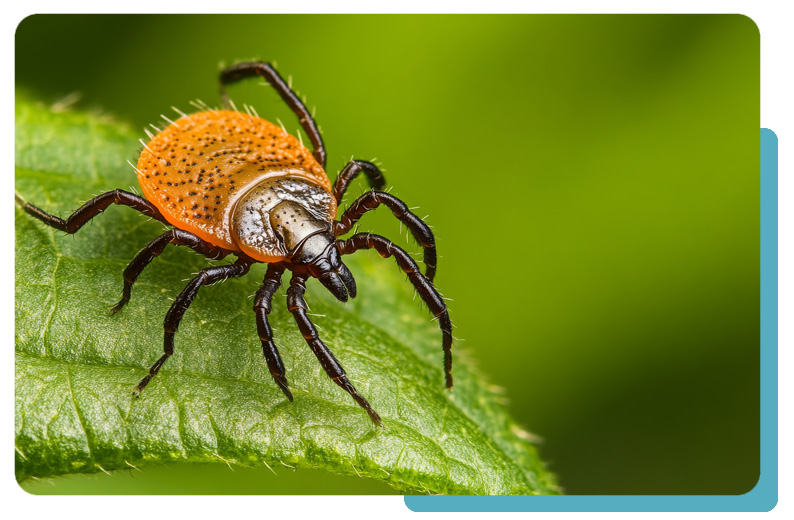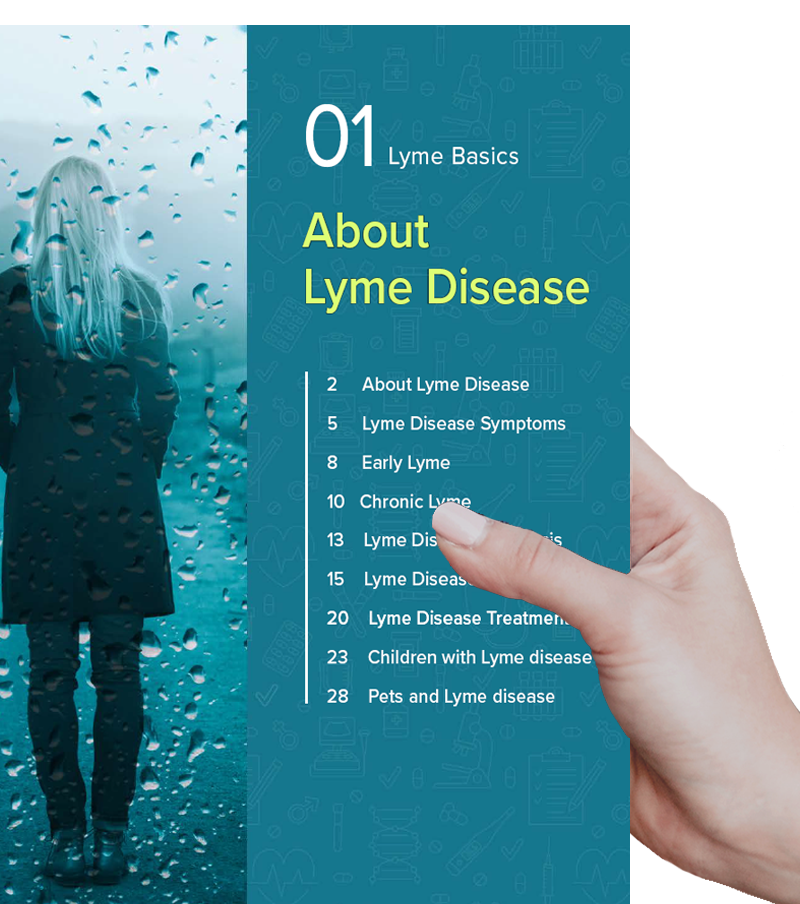
Babesiosis Treatment Starts with the Right Diagnosis
Babesiosis treatment typically begins after a thorough evaluation and confirmed diagnosis. This tick-borne illness is diagnosed based on symptoms, medical history, and specialized laboratory testing. Because its symptoms — such as fatigue, fever, chills, and body aches — are nonspecific and often overlap with other illnesses, accurate diagnosis can be challenging. This is especially true in regions where Lyme disease is common, as the two infections often occur together and can present with similar symptoms.
Because co-infections with other tick-borne diseases, like Lyme disease or anaplasmosis, are common, a comprehensive diagnostic approach is essential. With early and accurate diagnosis, most individuals can fully recover with appropriate babesiosis treatment.
Babesiosis is diagnosed through specialized blood tests that typically include a blood smear, which allows doctors to directly identify Babesia parasites inside red blood cells, and PCR testing, which detects Babesia DNA and is particularly helpful in early or low-level infections.
Commercial tests currently detect only two strains of Babesia and there are likely many strains yet to be discovered. The most common testing methods include:
-
FISH (Fluorescent In-Situ Hybridization) test can detect the ribosomal RNA of Babesia in thin blood smears. Best used in early infection or when parasite levels are high.
-
PCR (polymerase chain reaction) test can detect babesia DNA in the blood. Especially useful if the blood smear is negative but symptoms persist.
-
Antibody Testing (IFA or ELISA) detects immune response to Babesia and can help confirm exposure, especially in later stages.

It may be necessary to run several different tests, and negative results should not be used to rule out treatment.

Babesiosis Treatment Offers Hope for Recovery
Patients with Lyme disease who do not improve with treatment often have other co-infections, such as babesiosis, that haven’t been identified or addressed. This tick-borne parasite can significantly worsen Lyme disease symptoms and make recovery more difficult. When Babesia is present alongside Lyme disease, patients may experience more severe fatigue, fevers, night sweats, and neurological symptoms.
Babesia is treated with prescription medications that target the parasite living in your red blood cells. Since Babesia is a parasite—not a bacterium like Lyme disease—it needs a different kind of treatment. While Lyme disease is usually treated with antibiotics alone, babesiosis treatment typically includes a combination of antiparasitic medicines along with antibiotics to effectively clear the infection.
The most common babesiosis treatments involve a combination of:
-
Atovaquone (Mepron) and Azithromycin or;
-
Clindamycin and Quinine
Treatment duration can vary depending upon the severity of your symptoms, response to treatment and whether other tick-borne infections are present.
Note: The information presented on this page has been reviewed and approved by a member of our Medical Leadership Board.
Take the first step towards understanding tick-borne disease with an exclusive guide to something here, all backed by world-leading science.

More Lyme Basics
Learn More
Ticks are tiny parasites that feed on the blood of their hosts (humans and animals) in order to survive and advance to the next life cycle stage. Most ticks have four stages: egg, larva, nymph and adult. The larva and nymph need a blood meal to move to the next stage. Ticks are extremely small, with the nymph the size of a pinhead.
Learn More
Learn More



